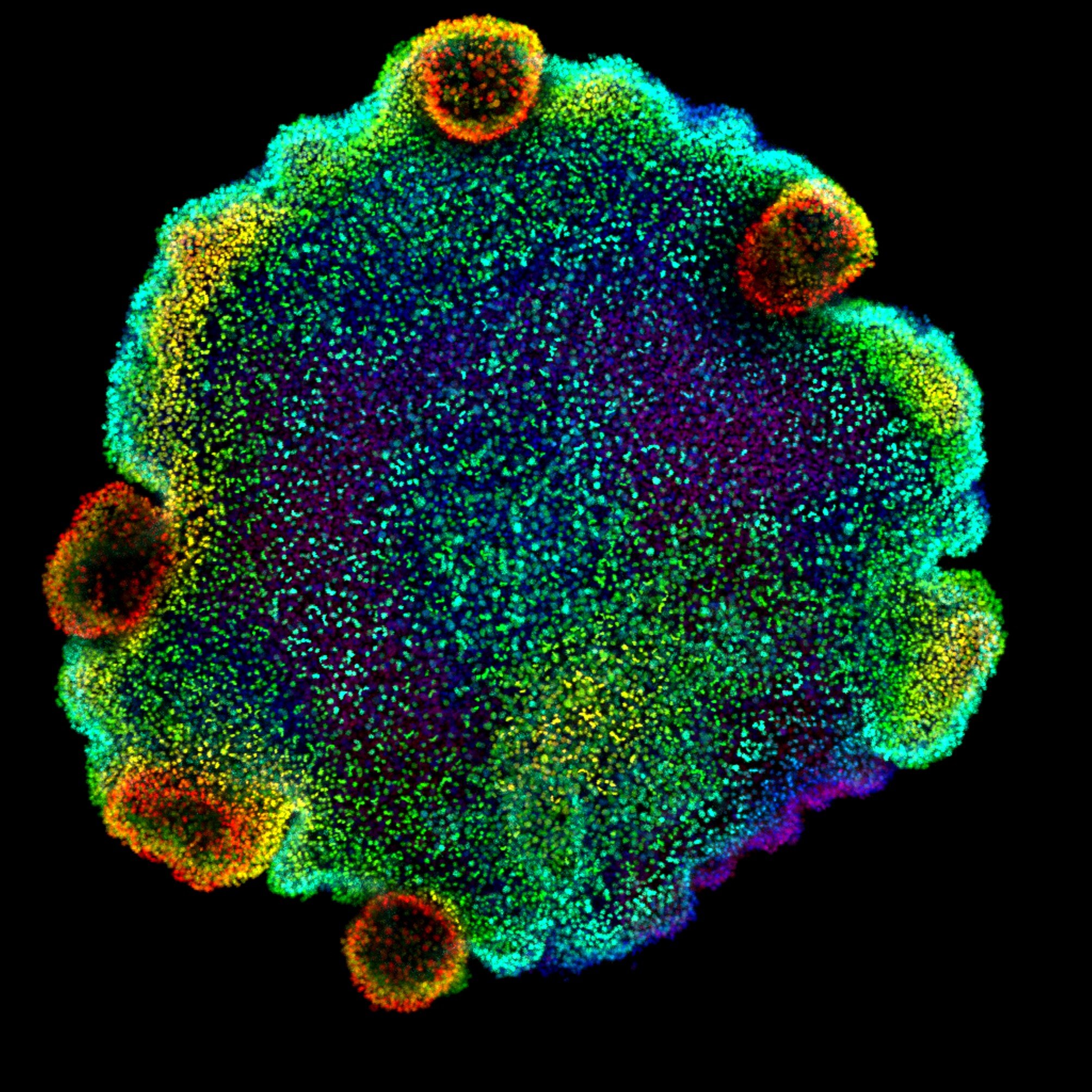- cross-posted to:
- science
- cross-posted to:
- science
AI CONCISE SUMMARY: A study published in Cell reveals that specialized secretory cells found in placozoans (tiny marine animals) may have contributed to the evolution of neurons in more complex organisms. Researchers used molecular techniques and computational models to analyze cell types, gene modules, and regulatory regions in DNA to understand how these ancient creatures functioned and evolved into modern-day neurons. The study found that peptidergic cells in placozoans are similar to neurons in their development and communication process but lack the components for receiving messages or conducting electrical signals, suggesting that early neuronal-like structures may have evolved from these cells 80 million years ago. Researcher Arnau Sebe-Pedros explores the stepwise emergence of neuronal gene expression programs in early animal evolution using Cell and focuses on DOI 10.1016/j.cell.23874(23)0917-0, which discusses how comb jellies possess cells similar to those found in human brains and may hold clues for understanding the origins of neurons.


